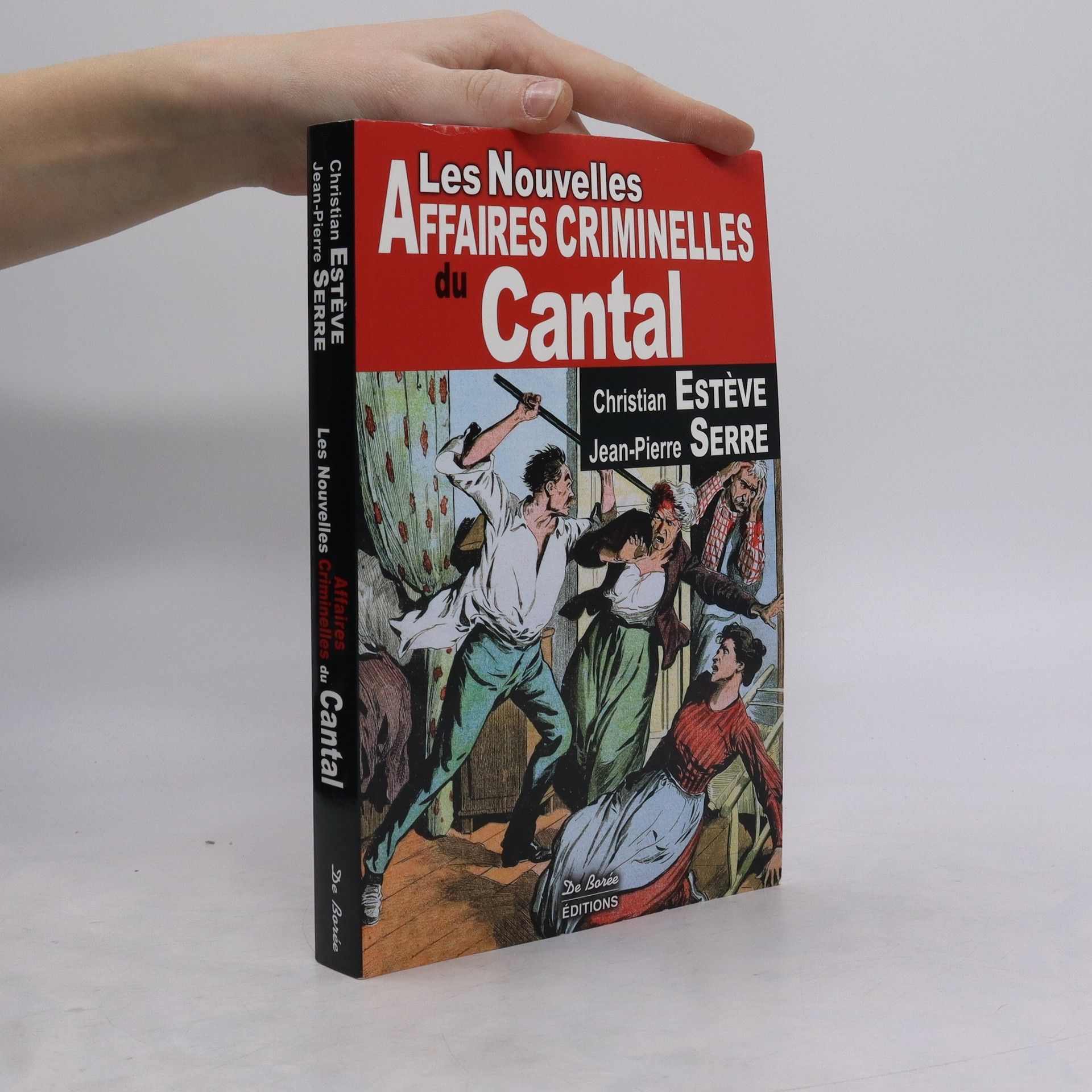Oeuvres - Collected Papers III
1972 - 1984
The impact and influence of Jean-Pierre Serre's work have been notable ever since his doctoral thesis on homotopy groups. The abundance of significant results and deep insight contained in his research and survey papers ranging through topology, several complex variables, and algebraic geometry to number theory, group theory, commutative algebra and modular forms, continues to provide inspiring reading for mathematicians working in these areas, in their research and their teaching. Characteristic of Serre's publications are the many open questions he formulated suggesting further research directions. Four volumes specify how he has provided comments on and corrections to most articles, and described the present status of the open questions with reference to later results. Jean-Pierre Serre is one of a few mathematicians to have won the Fields medal, the Abel prize, and the Wolf prize.

